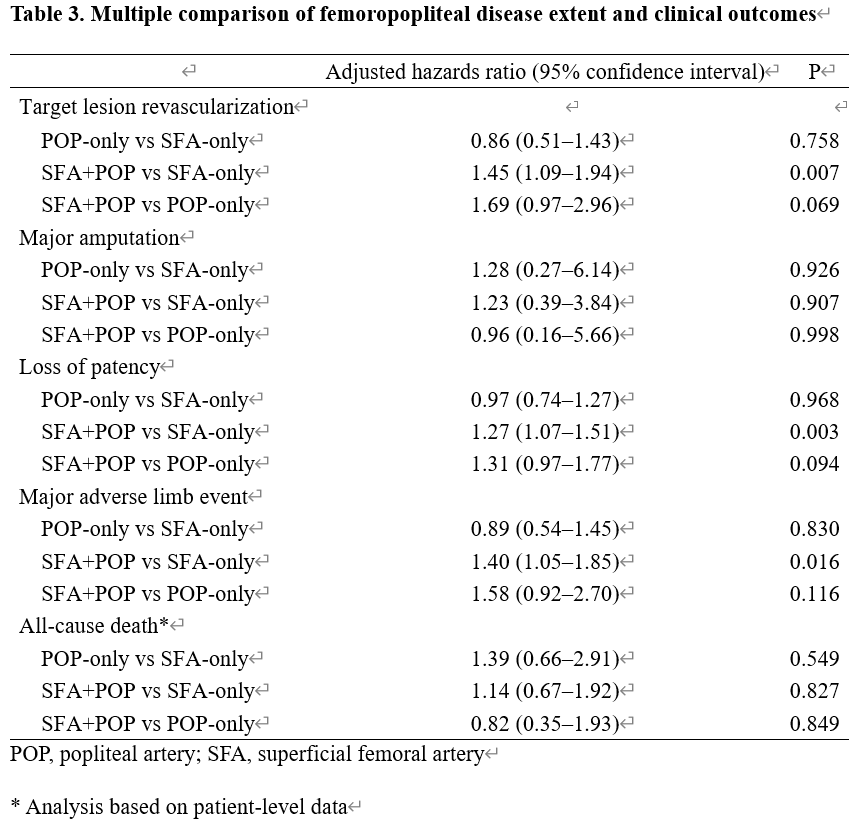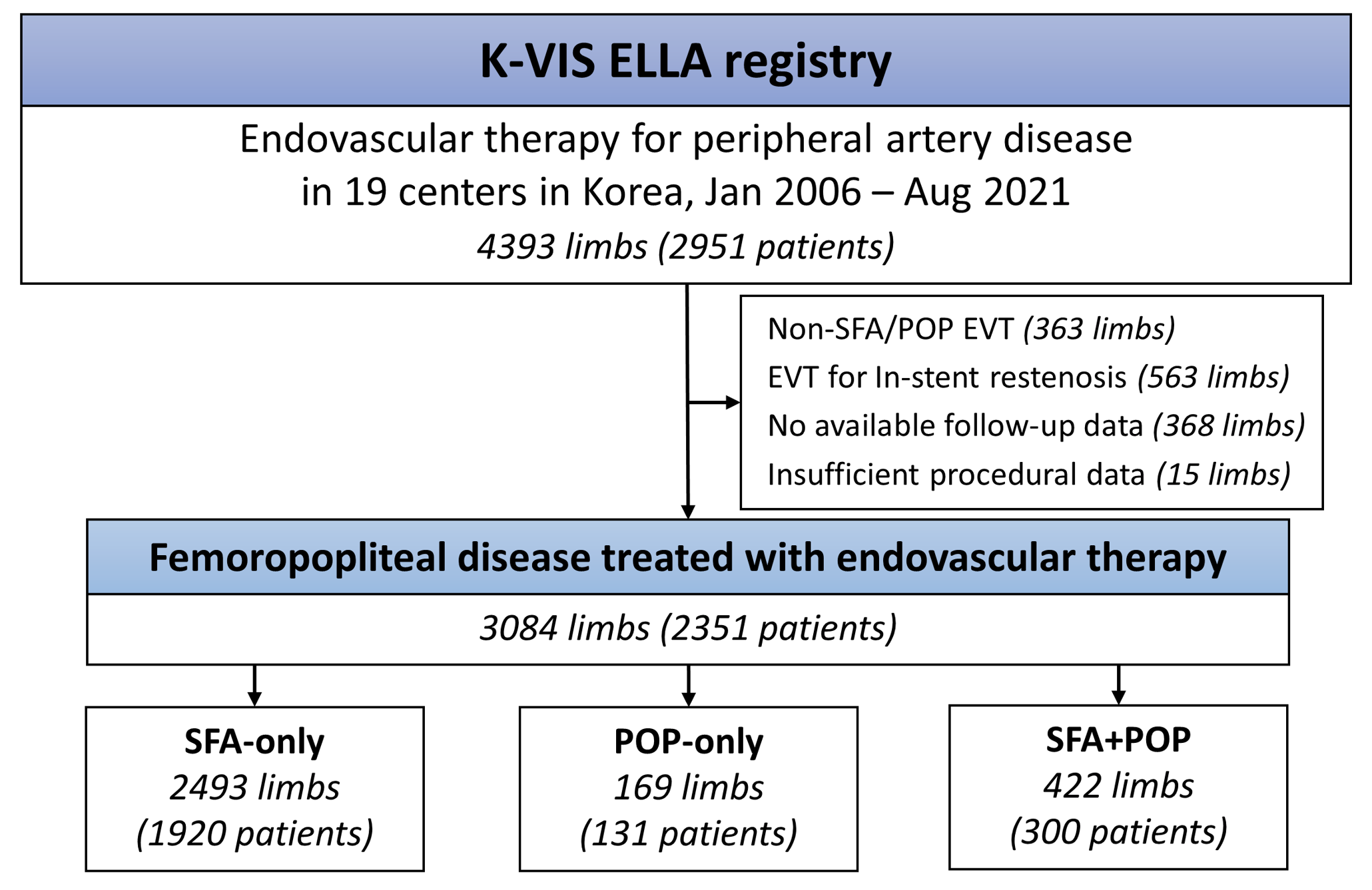Lots of interesting abstracts and cases were submitted for TCTAP 2024. Below are the accepted ones after a thorough review by our official reviewers. Don’t miss the opportunity to expand your knowledge and interact with authors as well as virtual participants by sharing your opinion in the comment section!
TCTAP A-042
The Extent of the Femoropopliteal Disease and Clinical Outcomes Following Endovascular Therapy
By Yong-Hoon Yoon, Jae-Hwan Lee
Presenter
Yong-Hoon Yoon
Authors
Yong-Hoon Yoon1, Jae-Hwan Lee2
Affiliation
Ulsan City Hospital, Korea (Republic of)1, Chungnam National University Hospital, Korea (Republic of)2
View Study Report
TCTAP A-042
Iliac / SFA Intervention
The Extent of the Femoropopliteal Disease and Clinical Outcomes Following Endovascular Therapy
Yong-Hoon Yoon1, Jae-Hwan Lee2
Ulsan City Hospital, Korea (Republic of)1, Chungnam National University Hospital, Korea (Republic of)2
Background
There is limited evidence regarding the impact of disease extent level on clinical outcomes following endovascular therapy for femoropopliteal disease.
Methods
The K-VIS ELLA (Korean Vascular InterventionSociety Endovascular Therapy in Lower Limb Artery Diseases) registry enrolledpatients diagnosed with lower extremity PAD undergoing EVT at 19 cardiovascularcenters in Korea since 2006 (ClinicalTrials.gov identifier: NCT02748226). The study population was subsequently divided intothree distinct groups based on the extent of disease involvement in the targetlimbs treated with EVT: 1) EVT for the SFA (SFA-only group: 2493 limbs [1920patients]), 2) EVT for the POP (POP-only group: 169 limbs [131 patients]), and3) EVT for both SFA and POP (SFA+POP group: 422 limbs [300 patients]). The primary endpoint of the study was target lesionrevascularization (TLR), which was defined as any subsequent interventionperformed within a 5 mm segment proximal or distal to the initially treated targetsegment during follow-up, with more than 50% angiographic diameter stenosis,accompanied by worsening symptoms and a decline >0.15 in the ankle-brachialindex in comparison to the immediate postprocedural ankle-brachial index.
Results
The mean age of the study population was 69.4years, with 2,499 individuals (81%) being male. The technical success rates were 97.2%, 93.5%, and95.7% in the SFA-only, POP-only, and SFA+POP groups, respectively (p = 0.015). During 2 years of follow-up, TLR occurred in 379 limbs(21.5%) in the SFA-only group, 23 limbs (19.5%) in the POP-only group, and 93limbs (32.9%) in the SFA+POP group (p <0.001). In multivariable Cox proportional model withmultiple comparison, SFA+POP group was associated withincreased risk of TLR compared to SFA-only group (adjusted HR 1.45, 95% CI1.09–1.94, P = 0.007) and POP-only group (adjusted HR 1.69, 95% CI 0.97–2.96, P= 0.069). There was no difference in the risk of TLR between SFA-only andPOP-only groups.






Conclusion
In this study, the rate of TLR was highest in the SFA+POP group after endovascular therapy femoropopliteal disease. This TLR risk was similar between SFA-only and POP-only intervention group.

